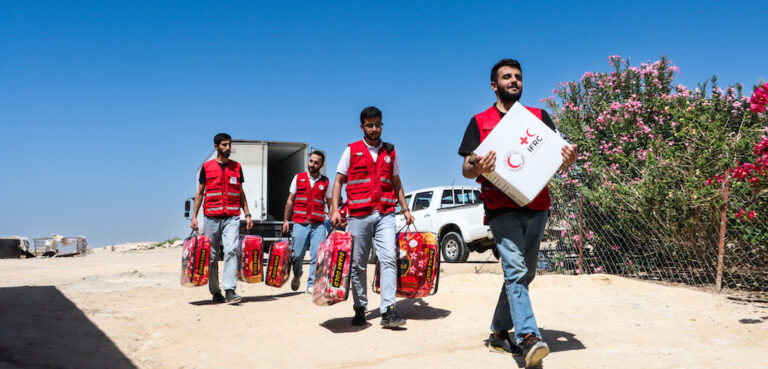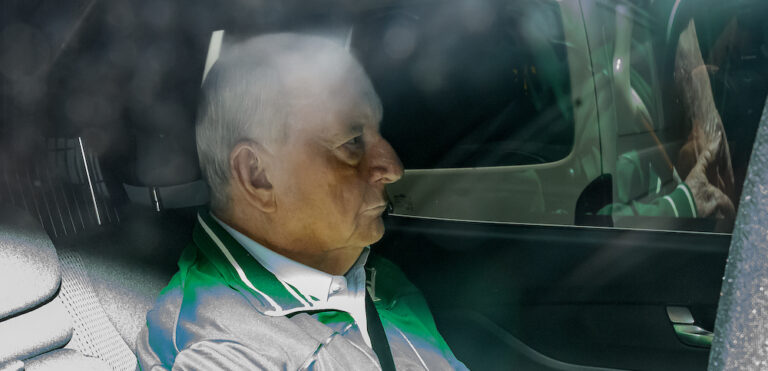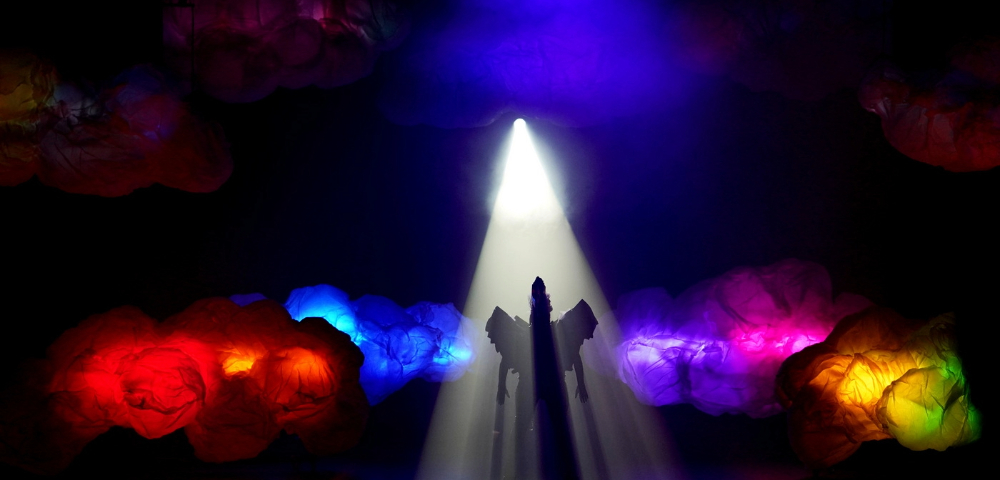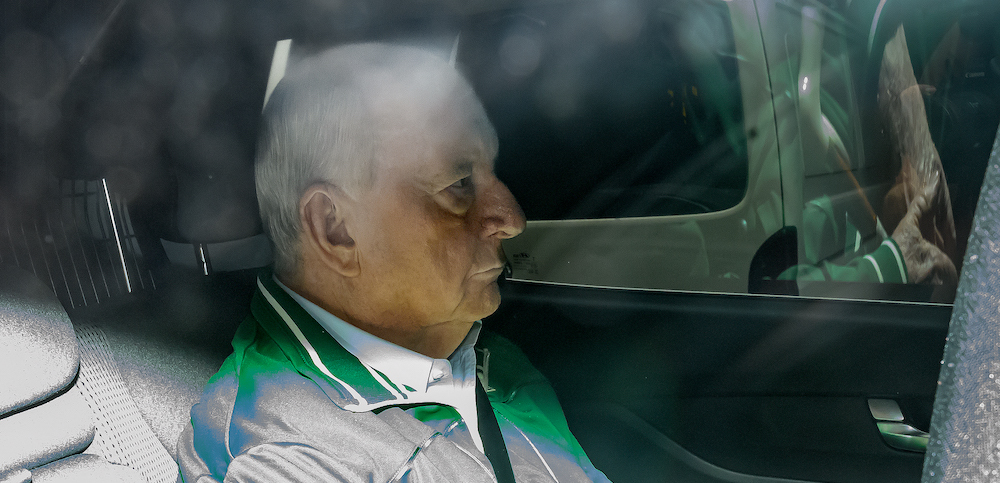
Sydney’s geographic sprawl makes inner city housing developments more cost efficient, report says
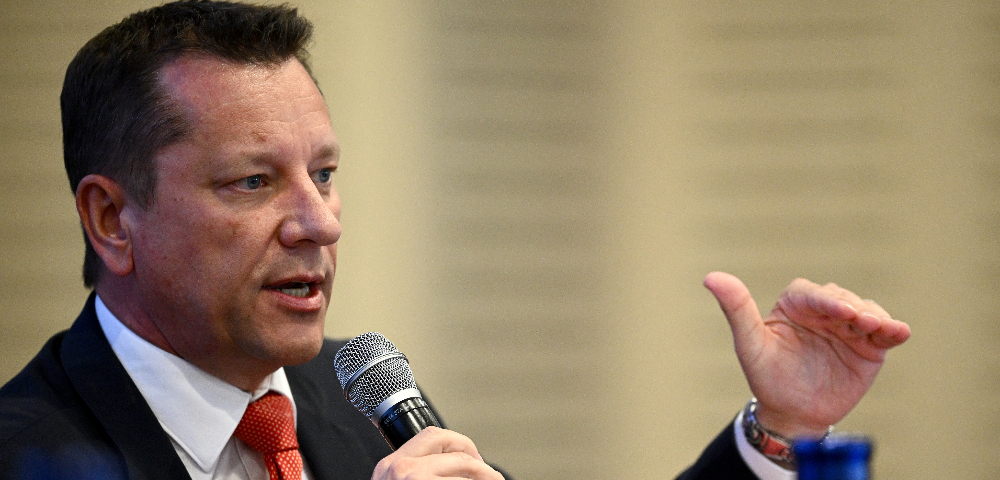
By WILL MCLENNAN
Building homes nearer Sydney’s CBD is cheaper than building in Sydney’s outer suburbs, a NSW Productivity Commission report has outlined. On average, it costs the state economy $75,000 per dwelling less to build homes in the city’s centre than in greenfield areas on the city’s western fringe.
The need to build infrastructure, such as access to water, open space, roads, rails and schools, around new housing developments in “greenfield” area has created the financial imbalance.
According to the report’s modelling, Sydney’s north-west is the most expensive area for new housing developments. Each new home constructed in Baulkham Hills involves $114,500 in extra infrastructure costs. In Pennant Hills, extra costs for new dwellings amount to $112,000.
NSW Planning and Public Spaces minister, Paul Scully said, “the NSW Productivity Commissioner evidence shows that the housing crisis inherited from the previous government is linked to their focus on building out rather than up.”
“We need help to deliver housing that people can afford with a fairer distribution of housing in infill locations where people want to live and work, near jobs and services and where it costs considerably less to deliver the infrastructure needed to support those homes.”
Community groups and representatives, however, have responded with caution to the report’s finding.
Some believe that housing solutions require specific localised strategies rather than a one-size fits all approach.
Ian Stephenson, President of the Glebe Society, told City Hub, “the challenge of creating more housing in the inner west is multi-faceted. It is about creating more dwellings as well as good places for people to live in. The key to this is intelligent planning which adds additional housing while respecting community, identity, liveability and the environment.”
“The NSW government’s current proposal to increase public housing in Glebe by doing a total knock down and rebuild of public housing at 82 Wentworth Park Road Glebe is an example of how not to do things. Refurbishment and additions can produce a similar result for over $7 million less.”
“Some parts of the inner west, sections of Parramatta Road for example, can take taller buildings than in other parts like historic Glebe; it is about well-designed infill development which respects scale,” Stephenson continued.
Stephenson said that infrastructure costs only tell part of the story.
Jenny Leong, the Member for Newtown and Greens NSW spokesperson on housing and homelessness, said that the NSW Productivity Commision report reveals little new information.
“The report from the Productivity Commission affirms what we’ve known for years: greenfield developments have disproportionately high economic and environmental impacts,” Leong said.
“It’s no surprise that building homes in areas that lack vital infrastructure like transport and utilities connections is more expensive, and results in car-dependent communities that face long, heavily congested routes just to get to work or to take the kids to school.”
Leong emphasised that the report only holds meaning if it is acted upon immediately.
“It’s all well and good to commission research and reports like this, but they’re ultimately meaningless unless they’re actually used to inform policy and decision making. Over the years we’ve seen report after report come and go – they dominate headlines for a few days, and subsequent policy decisions fly in the face of their very findings.”
Community opinion polarised
Justin Simon from advocacy group Sydney YIMBY said that the organisation wants to see more housing developments proceeds in Sydney’s north shore, eastern suburbs and inner west.
Simon stated, “places like Marrickville and Hurlstone Park will soon have a new Metro running every four minutes. By densifying around those stations we can maximise public transport uptake and create walkable precincts.”
The report shows that New South Wales in the past 30 years has built less houses than Queensland and Victoria. While NSW has built six dwellings per 1,000 residents on average during that time, Victoria and Queensland have built around eight and nine per 1,000 respectively.
